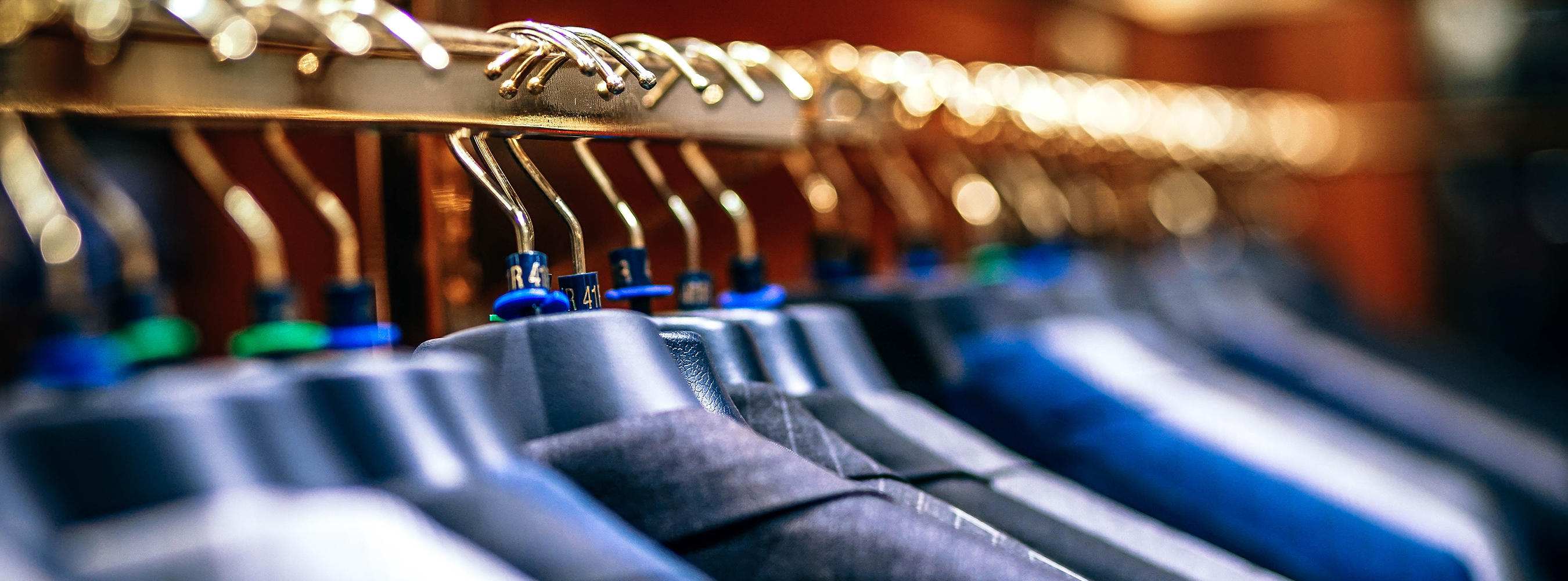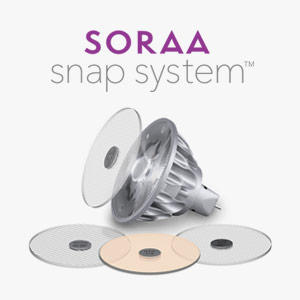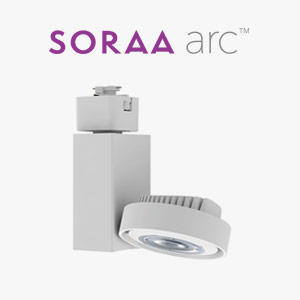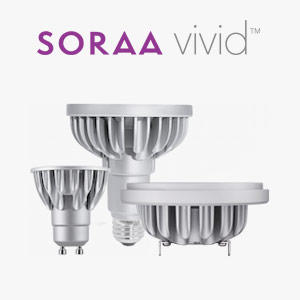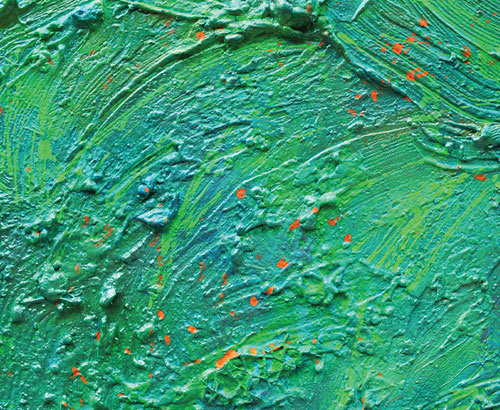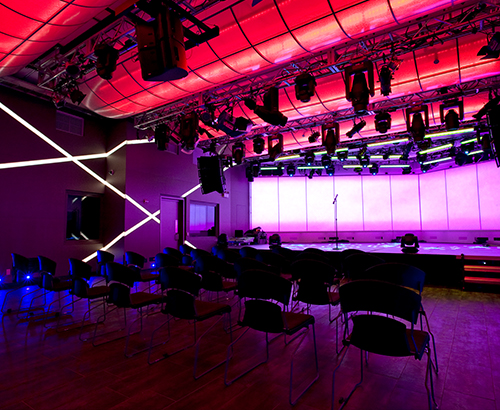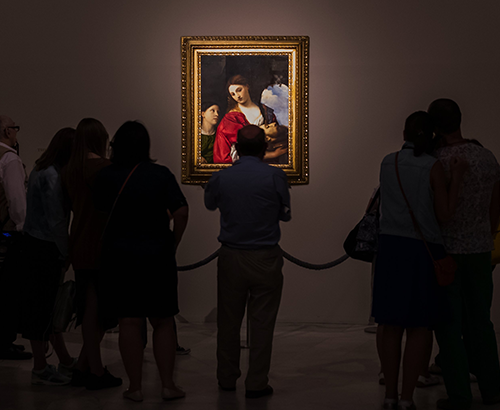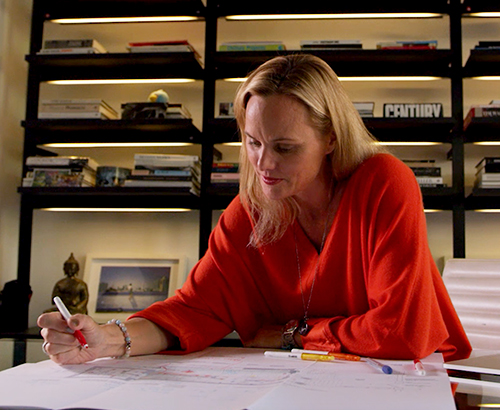I like this
As Originally Posted on VMSD September 26, 2017
Savvy retailers are discovering the advantages of creative illumination, taking a store from a place to shop to a place people actually want to visit.
As the world of retail transforms around us, so has the world of lighting design. Here are the latest developments to help you illuminate spaces in ways you may never have imagined.
Tunable Temps
 With ubiquitous LED adoption and more demanding energy codes, the cost of tunable white light has finally come down, according to Scott Hatton, principal of Oculus Light Studio (Los Angeles). Expect more dynamic environments that play with light levels, color and intensity, he says, whether it’s for energy management (mimicking variations in natural light) or for more unique uses where lighting components interact with customers, like audiovisual elements or, in the case of fitting rooms, where color temperature can enhance the appearance of clothing (and put shoppers in the most flattering light) to help close a sale. The next iteration? It’ll likely have a wellness bent, says Hatton. There’s a growing body of scientific research on the effects of lighting on the mind and body, he says, and when you combine that with the lower cost of color-changing and programmable lighting, “those types of applications seem poised for take-off.”
With ubiquitous LED adoption and more demanding energy codes, the cost of tunable white light has finally come down, according to Scott Hatton, principal of Oculus Light Studio (Los Angeles). Expect more dynamic environments that play with light levels, color and intensity, he says, whether it’s for energy management (mimicking variations in natural light) or for more unique uses where lighting components interact with customers, like audiovisual elements or, in the case of fitting rooms, where color temperature can enhance the appearance of clothing (and put shoppers in the most flattering light) to help close a sale. The next iteration? It’ll likely have a wellness bent, says Hatton. There’s a growing body of scientific research on the effects of lighting on the mind and body, he says, and when you combine that with the lower cost of color-changing and programmable lighting, “those types of applications seem poised for take-off.”
Light the Way
Lighting isn’t only about illumination; it’s now taking on more “intelligent” roles, such as beacon positioning, according to Luxreview.com. This technology uses LED lightwaves to signal shoppers’ phones, guide them through complex store layouts and direct them to specific products. Like indoor GPS, the technology does more than offer a better understanding of traffic patterns. It creates an opportunity to adapt displays, light levels or color temperatures as shoppers navigate a store, enhancing the quality of a space and the way customers experience it. The technology may also help generate insights that can be included in future store designs.
Making Memories
Thanks to LED advancements, both new construction and renovation projects are paying more attention to lighting from a branding perspective, says Nelson Jenkins of Lumen Architecture (New York). “Lighting is often an inexpensive way to make a brand’s product and experience stand out from their competition,” he says. And now, retailers have more flexibility than ever to adapt color, brightness and other lighting effects to reinforce their visual identity and define how shoppers relate to the brand. Retailers are also using lighting to differentiate experiential spaces within their stores. Oculus’ Hatton says he’s done this by using decorative or linear lighting elements to visually define areas (in addition to baseline merchandising spots and ambient lighting) by creating contrast with warmer and cooler temperatures.
And these trends are just the beginning: As LEDs continue to evolve, so too will the ways in which we imagine them as in-store solutions. The challenge, however, will be less about making a case for lighting design and more about properly evaluating new products and their best uses – because exciting developments are coming at us at, well, the speed of light.
